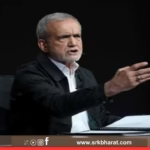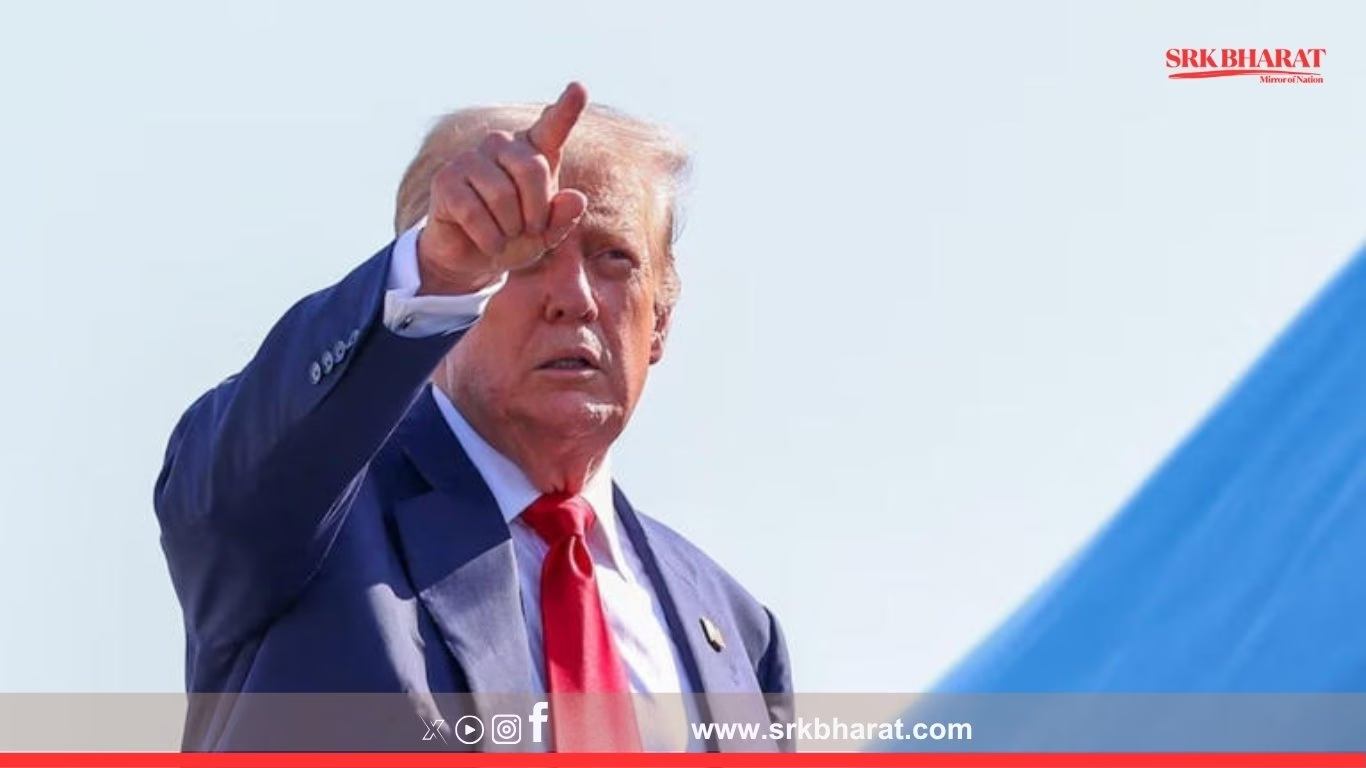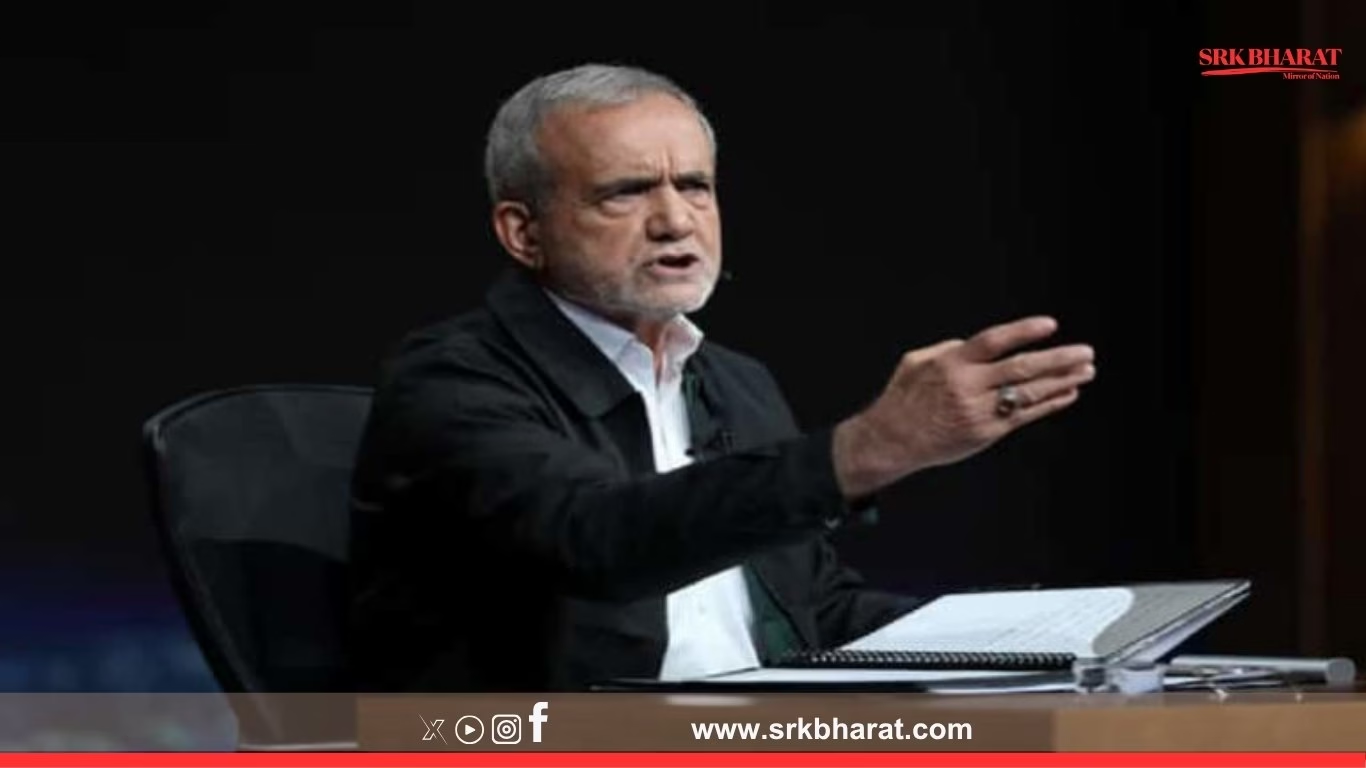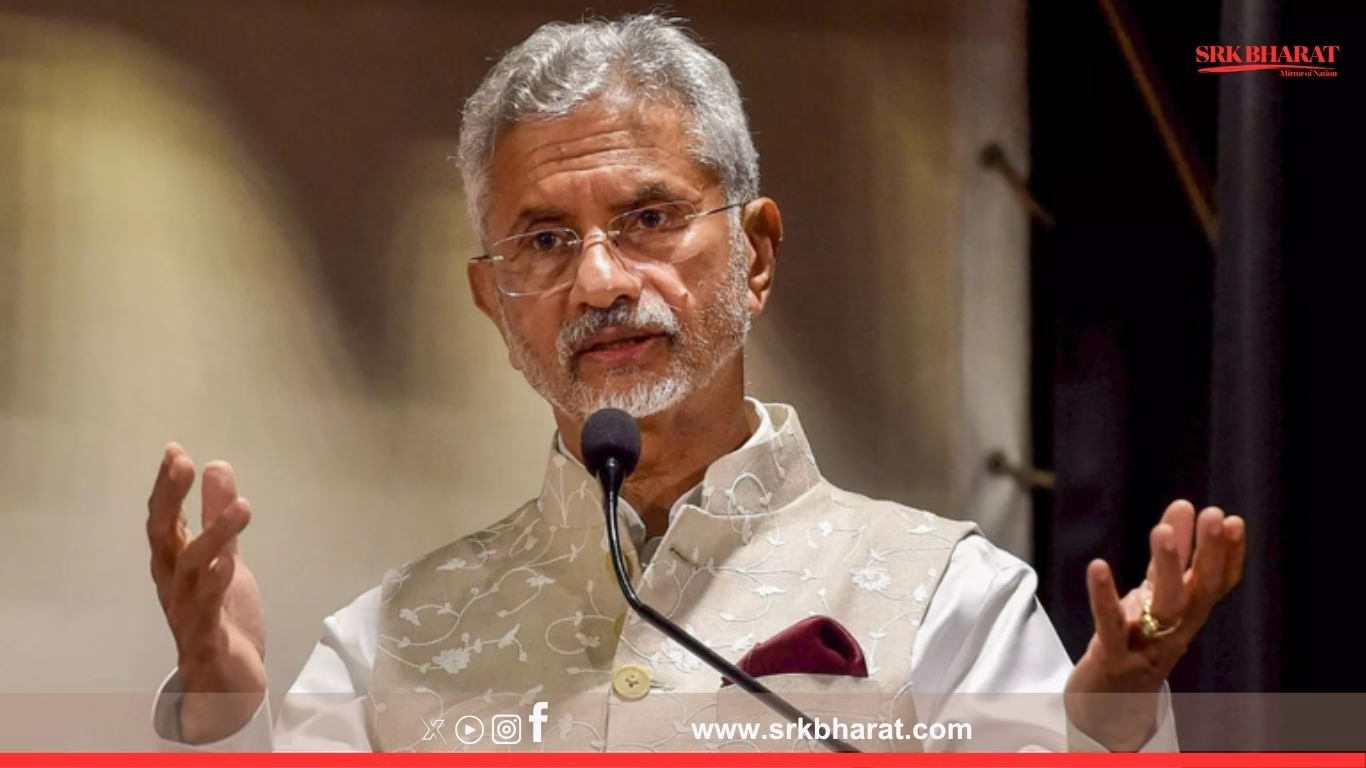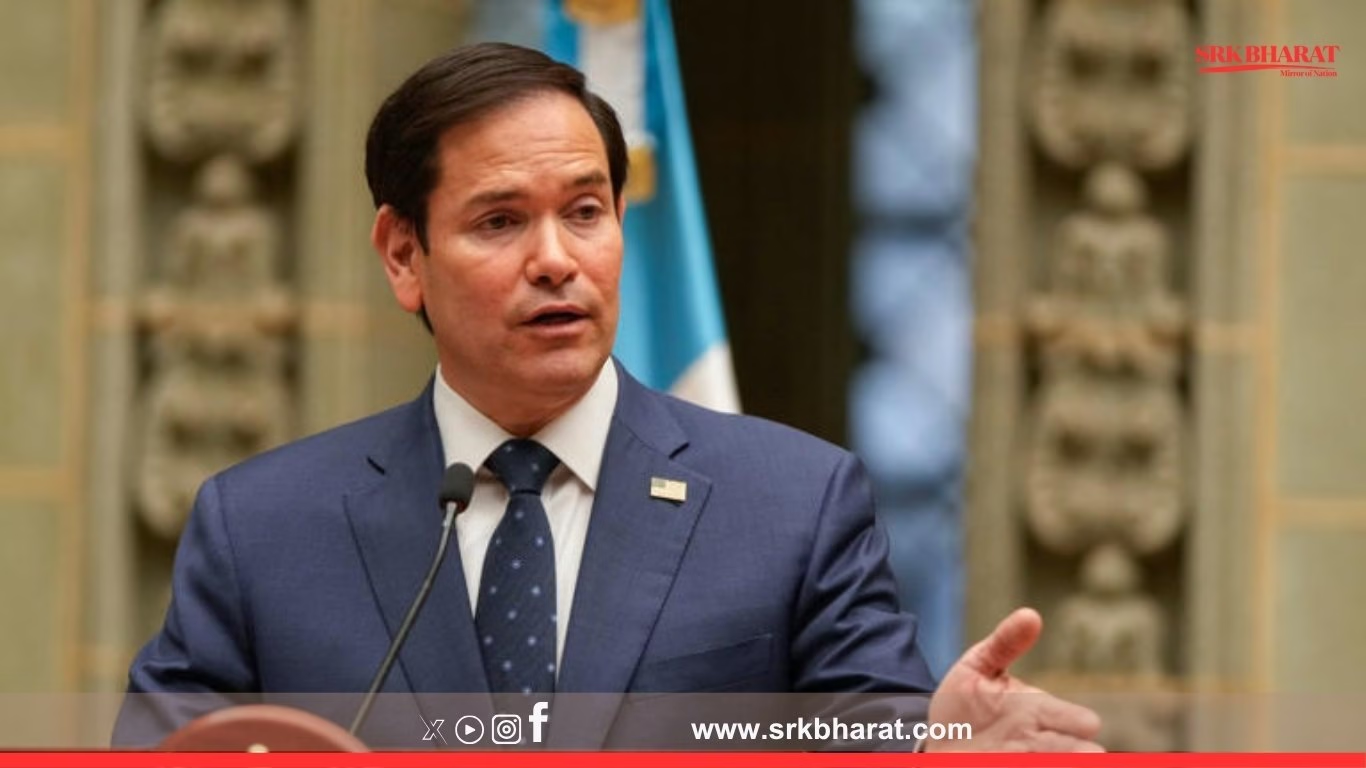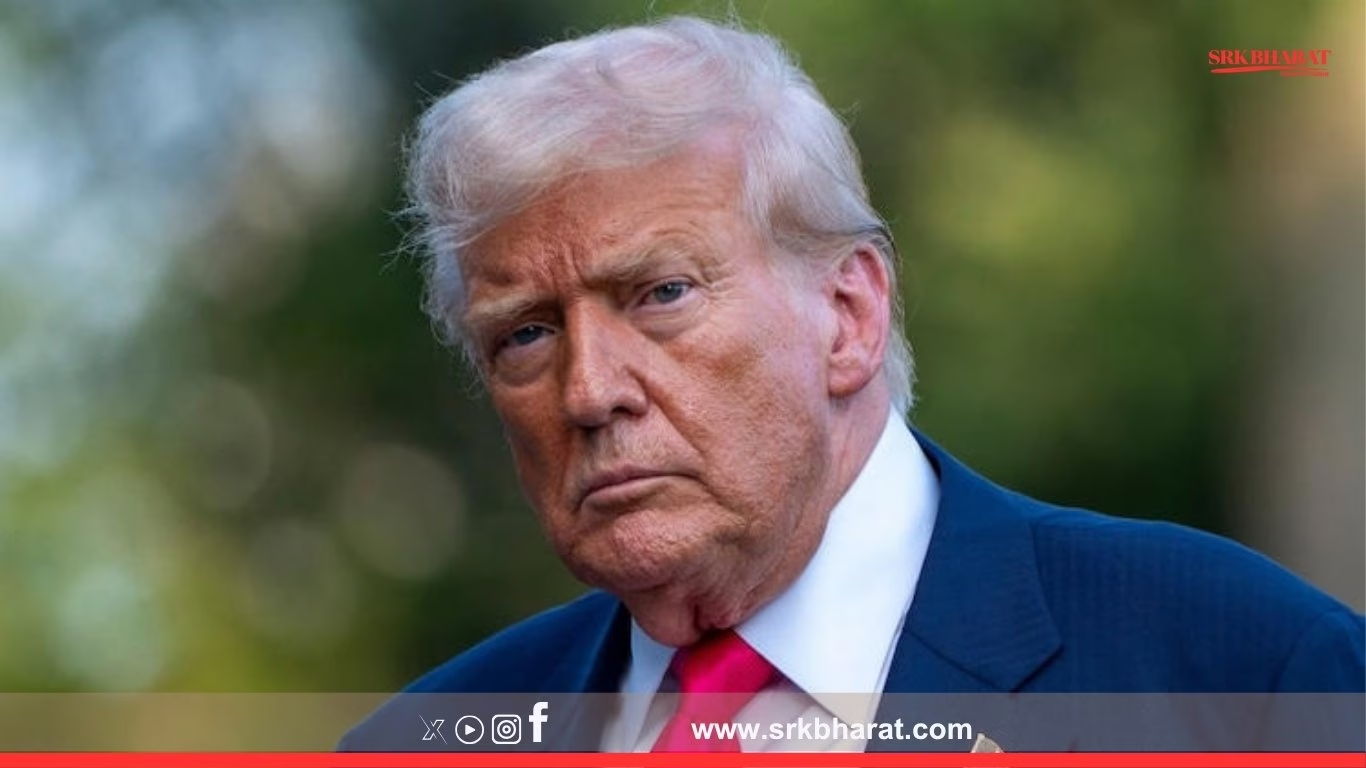In a fresh and controversial statement that has sent shockwaves across Europe and the US, former U.S. President Donald Trump has once again ignited the immigration debate with his inflammatory claim: “You’re not going to have Europe anymore.” The remark, made during a campaign event, was in reference to what he calls the unchecked influx of migrants and refugees into Europe, which he claims is leading to the erosion of Western civilization and culture.
Trump’s comments have fueled a mix of support and backlash from political figures, analysts, and human rights organizations across the Atlantic. As he continues to mount a vigorous campaign for a potential return to the White House in the 2024 elections, his rhetoric around immigration, particularly targeting Europe’s policies, has taken a sharper and more urgent tone.
Trump’s Statement: What Was Said?
At a recent rally, Trump stated:
“What’s happening in Europe is a disaster. You look at the migration numbers – you won’t even recognize these countries in a few years. If this continues, you’re not going to have Europe anymore. It’s going to be something else entirely.”
The former president cited rising immigration figures, crime statistics, and cultural integration challenges to bolster his claim. He particularly criticized Germany, France, and Sweden, saying they have “lost control” of their borders and identity.
Breakdown of Migration Patterns in Europe (2015–2024)
| Year | Total Migrants Arriving in Europe (approx.) | Top Source Countries | Main Entry Points |
|---|---|---|---|
| 2015 | 1.3 million | Syria, Afghanistan, Iraq | Greece, Italy, Hungary |
| 2016 | 1.2 million | Syria, Afghanistan, Eritrea | Italy, Greece |
| 2017 | 700,000 | Nigeria, Syria, Pakistan | Spain, Italy |
| 2020 | 400,000 | Afghanistan, Morocco, Sudan | Italy, Spain |
| 2023 | 1 million+ | Syria, Libya, Ukraine, Afghanistan | Greece, Italy, Poland |
While these numbers show fluctuation in migration volumes, experts point out that the integration mechanisms and asylum policies have also evolved during this period.
Europe Reacts: Political and Public Responses
Trump’s remarks have sparked widespread condemnation from European leaders, many of whom view the former president’s statements as fear-mongering and divisive.
German Chancellor’s Office responded sharply, stating that “Europe will always stand for inclusivity, freedom, and human dignity,” while also reaffirming its commitment to refugee protection under international law.
French President’s spokesperson called Trump’s comments “an oversimplification that disregards the complex historical and geopolitical roots of migration.”
Meanwhile, right-wing parties in Europe, such as France’s National Rally and Italy’s Brothers of Italy, echoed Trump’s sentiment. They argued that uncontrolled immigration indeed threatens national identity and social stability.
Key Issues Raised by Trump’s Statement
| Concern | Trump’s Position | Counter-View from Experts |
|---|---|---|
| Cultural Identity | Claims mass migration erodes national identity | Experts argue that multiculturalism strengthens society |
| Crime Rates | Suggests increase due to migrants | Data shows no consistent link between migration & crime |
| Economic Strain | Argues migrants strain welfare systems | Studies show positive long-term economic contribution |
| Border Control | Advocates strict border policies | EU maintains balanced control under asylum laws |
Experts Weigh In: Fact-Checking the Claim
Leading migration experts and demographers challenge Trump’s alarmist tone. Professor Anne-Maria Schmidt of the European Migration Institute commented:
“Migration is a global phenomenon driven by war, poverty, climate, and opportunity gaps. While challenges exist, the idea that Europe is ‘ending’ due to immigration is unfounded and rooted in fear politics rather than evidence.”
Similarly, economist Dr. Lucien Vervaeke noted that migrants play a critical role in Europe’s aging economy by contributing to the labor force, especially in sectors like healthcare, logistics, and construction.
Comparison of Migration Policies: US vs. EU
| Policy Aspect | United States | European Union |
|---|---|---|
| Border Policy | Physical walls, enforcement-heavy | Coast guard surveillance, visa control |
| Asylum Process | Limited access, long waiting periods | Varies by member state; generally more accessible |
| Integration Programs | Minimal government support | Language, employment, housing assistance |
| Public Opinion (2023) | 55% favor reduced immigration | 47% favor reduced immigration |
While both regions struggle with internal divisions over migration, EU nations have historically shown a broader acceptance of humanitarian migration — although recent trends indicate a tilt towards tightening entry norms.
Trump’s Historical Rhetoric on Immigration
Donald Trump has consistently used hardline immigration rhetoric throughout his political career. His presidency was marked by:
- The “Muslim Ban” on travelers from seven majority-Muslim nations
- Family separation policy at the US-Mexico border
- Construction of the US-Mexico border wall
- Increased deportation operations under ICE
His most recent comments on Europe align with his worldview that national borders and identities are under threat due to liberal immigration policies.
Analysts See Political Motive
Trump’s warning about Europe is also being seen as a calculated strategy to appeal to his conservative base. With immigration remaining a polarizing issue among American voters, the comparison to Europe may serve to reinforce his “America First” policy stance and justify strict border measures.
Political analyst Johanna Mercer observed:
“By pointing to Europe as a cautionary tale, Trump seeks to create a contrast and rally support for his own aggressive immigration platform. It’s a form of strategic fear narrative.”
Migration: A Human Reality, Not a Crisis?
Organizations like UNHCR, Amnesty International, and Human Rights Watch have cautioned against the political weaponization of immigration. They assert that migrants and refugees are often fleeing persecution, war, or economic collapse — and that they deserve dignified treatment, not demonization.
Moreover, demographic data suggests that Europe’s aging population may actually benefit from the influx of younger migrant workers.
Conclusion
Trump’s declaration that “you’re not going to have Europe anymore” encapsulates a growing global debate on migration, identity, and security. While it resonates with certain political groups, it has also provoked strong opposition for its generalizations and apparent disregard for the nuances of migration and integration.
As global mobility continues to evolve due to geopolitical conflict, economic disparity, and climate change, policymakers across the Atlantic face the tough challenge of balancing security, cultural cohesion, and humanitarian responsibilities.
The immigration debate — in Europe and America alike — is far from over, but sensational statements such as Trump’s may deepen divides rather than offer solutions.
Disclaimer: The views expressed in this article are for informational purposes only and do not represent an endorsement or criticism of any political figure or policy. Readers are advised to consult official government data, verified reports, and scholarly sources for comprehensive perspectives on immigration.



